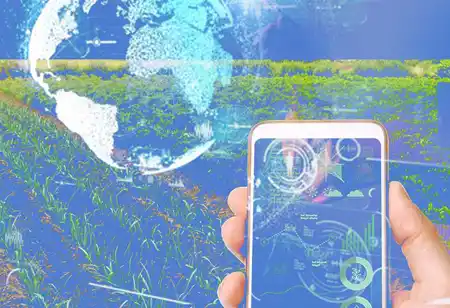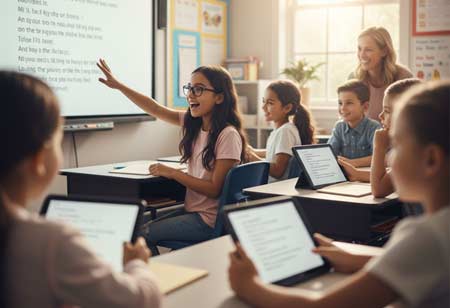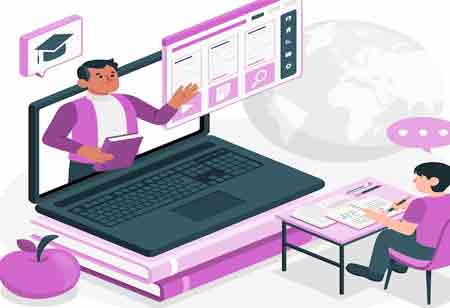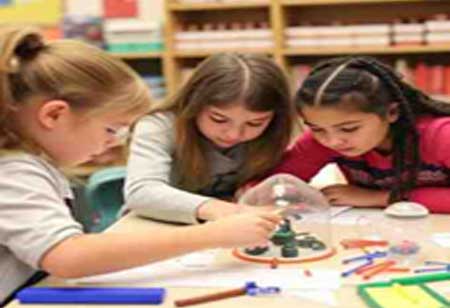THANK YOU FOR SUBSCRIBING
Be first to read the latest tech news, Industry Leader's Insights, and CIO interviews of medium and large enterprises exclusively from Education Technology Insights
Evolution of Educational Technology Over the Years
Understanding the history and development of educational technology is crucial. The use of technology .

By
Education Technology Insights | Tuesday, January 02, 2024
Stay ahead of the industry with exclusive feature stories on the top companies, expert insights and the latest news delivered straight to your inbox. Subscribe today.
This article examines the evolution of educational technology over time, from its early beginnings to its current state. It looks at the various technological advancements and how they have impacted students' learning.
Fremont, CA: The traditional classroom is going through a significant transition in the digital age. The idea of the "smart classroom" has become a shining example of creativity and effectiveness in teaching as technology develops. Modern technology is incorporated into these future learning environments to promote student engagement, elevate the educational process, and prepare pupils for the twenty-first century's challenges.
Developments in Educational Technology
Understanding the history and development of educational technology is crucial. The use of technology in education has dramatically changed over the last few decades, with notable results including:
Computers in the Classroom:
Introducing personal computers into the classroom signaled a dramatic change to digital learning. These devices allowed educators and learners to investigate various instructional programs, perform web research, and hone their digital literacy abilities. Computer laboratories provide access to technologies formerly only available in specialized settings and have become a standard fixture in educational institutions.
Internet Connectivity:
The introduction of the internet revolutionized the field of education. It gave teachers and students access to a vast array of knowledge, resources for study, and teamwork tools. With the emergence of digital libraries and online learning platforms, educational resources became available. Additionally, the internet has made it possible for students to collaborate and communicate globally with peers and professionals from around the globe.
Interactive Whiteboards:
In classrooms, interactive whiteboards have replaced conventional chalkboards and dry-erase boards. Teachers could present material engagingly and dynamically thanks to these digital screens. They could present multimedia, films, and digital teachings to increase student involvement. Real-time annotation and engagement were made possible using interactive whiteboards, which enhanced the effectiveness and immersion of the sessions.
Mobile Devices:
Learning was changed by the widespread use of smartphones and tablets, making educational resources available anywhere, anytime. Students could use these gadgets to access online classes, educational apps, and textbooks. Mobile learning evolved to become more individualized and responsive to the needs of the students, providing a convenient and flexible method of instruction. The portability of these devices promoted teamwork and active learning as well.
Cloud Computing:
Cloud-based services have transformed how educational content is shared, stored, and worked. There would be no need for physical storage because teachers and students could access their work from any internet-connected device, allowing for seamless collaboration. Additionally, cloud storage improved data backup and security, guaranteeing the preservation of priceless instructional materials.







